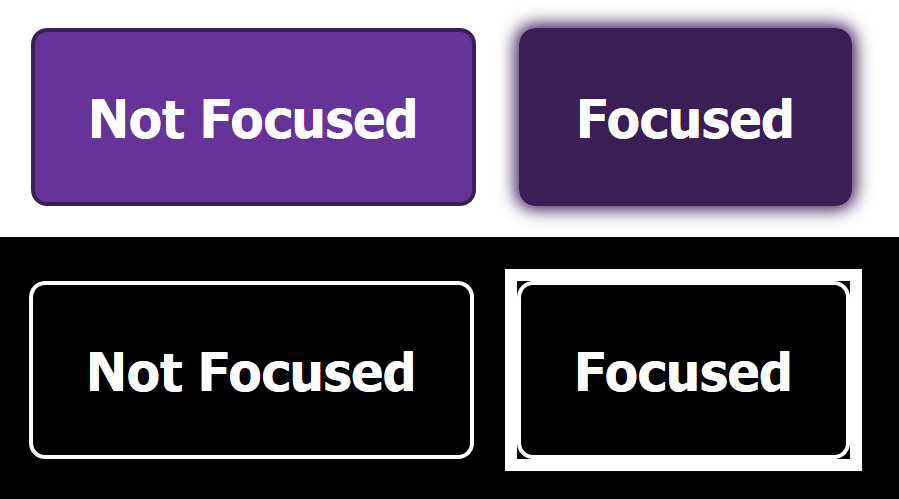Your weekly frequent11y newsletter, brought to you by @ChrisBAshton:
The troubled state of screen readers in multilingual situations
- Xurxe Toivo García shares their findings when testing different screen reader / browser / OS combinations with a simple English web page featuring a
<span>with a differentlangto the main page. All were inconsistent and none worked perfectly. On VoiceOver for desktop, paragraph text would be read with a Finnish voice (wrong) during continuous reading, and with an English voice (right) when using the keyboard to move the reading pointer. VoiceOver mobile ignored any language declarations.
- Segun Ola gives a brief but useful overview of how browsers generate an Accessibility Object Model (AOM) in addition to the DOM/CSSOM, and how this AOM interfaces between the browser and the assistive technology used by the user. He distinguishes between native primitives (e.g. checkbox) and more complicated widgets (such as autocomplete) which require ARIA markup.
How Eastenders’ Ben Mitchell is setting new standards for deaf representation
- Eastenders‘ Ben Mitchell character was deaf in one ear but has now lost hearing in his other after a dramatic boating accident, and has to learn how to adapt. Interesting stats: 12 million people in the UK are deaf or live with hearing loss. Every day, 5 children are born deaf, and another 5 will become deaf by adulthood. Only 1 in 10 deaf children use sign language (most children considered ‘deaf’ do have access to some sound), and most attend a local school rather than a deaf school.
Inheritance Tax: The Real Cost of not Making Content Accessible
- Simon Mellins, Ebook Technology Coordinator at Penguin, writes a condensed version of a talk he gave at the London Book Fair, where he described the accessibility case for creating good tags, metadata and logically structuring e-books. Here, he concentrates more on the legacy it leaves; the semantic richness that enables the curation and adoption of content into hitherto unknown reading systems. Simon argues that failing to add these features now is merely delaying the cost to a later date.

*:focus { outline: 3px solid transparent } to support Windows High Contrast ModeQuick Tips for High Contrast Mode
- Sarah Higley shares some tips for supporting Windows High Contrast Mode (WHCM). WHCM ignores ARIA roles/states/properties, so
<a role="button">will be styled as a link. Usesvg { fill: currentColor }to have it match the color of the surrounding text. Beware that the-ms-high-contrastmedia query is being retired in favour offorced-colors, which is still experimental; current advice is to avoid using media queries at all.
Did you know that you can subscribe to dai11y, week11y, fortnight11y or month11y updates! Every newsletter gets the same content; it is your choice to have short, regular emails or longer, less frequent ones. Curated with ♥ by developer @ChrisBAshton.